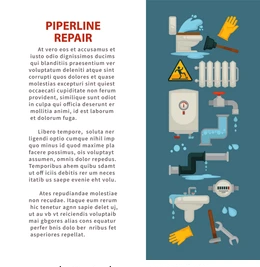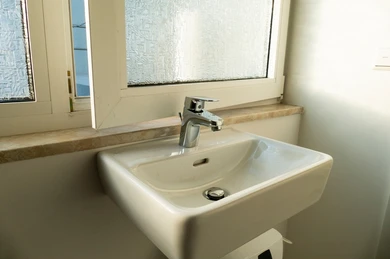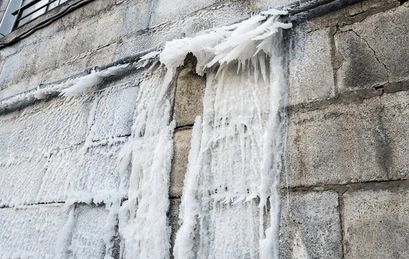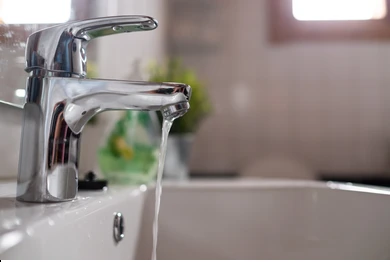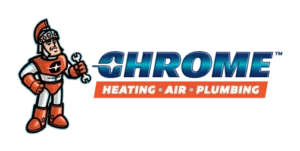Signs You Need a New Hot Water Heater Immediatel
Your water heater is one of the most important appliances in your home. It provides hot water for showers, dishwashing, laundry, and various other daily tasks. Unfortunately, like any other appliance, water heaters have a limited lifespan, and when they start to fail, it can disrupt your routine and even lead to costly repairs or replacements. Knowing the signs that indicate it’s time for a new hot water heater can help you avoid these problems and ensure a smooth transition to a more efficient system. In this article, we’ll explore the most common signs that your water heater is on its last legs and that you should consider replacing it sooner rather than later. 1. Age of the Water Heater One of the first and most obvious signs that you need a new hot water heater is its age. Most traditional water heaters have a lifespan of around 8 to 12 years, depending on the brand, model, and level of maintenance they receive. If your water heater is reaching or exceeding this age range, it’s a good idea to start considering a replacement, even if it’s not showing major signs of failure yet. An older water heater becomes less energy efficient over time, which can lead to higher energy bills. Additionally, older units are more prone to leaks, corrosion, and other issues that may arise suddenly, leaving you without hot water. How to Check the Age of Your Water Heater: To find out the age of your water heater, you can usually check the serial number on the manufacturer’s label, which is often located on the side of the unit. The first two numbers often represent the year of manufacture, although this can vary by manufacturer. If you’re unsure, you can consult the manufacturer’s website or contact a professional. 2. Inconsistent Water Temperature One of the clearest signs that your hot water heater is failing is inconsistent water temperature. If you’ve noticed that your hot water fluctuates between hot and cold during a single shower or throughout the day, it could be a sign that your water heater is no longer able to maintain a steady temperature. Inconsistent water temperature can occur for several reasons, including a malfunctioning thermostat, mineral buildup in the tank, or worn-out heating elements. While some of these issues can be repaired, if they’re happening frequently or the water heater is older, it might be more cost-effective to replace the unit. 3. Water Discoloration or Rust If you notice rusty or discolored water coming from your taps when you use hot water, this could be a serious sign that your water heater is corroding from the inside. While rusty water can also be a result of corrosion in your pipes, it’s especially concerning when it only appears when using hot water, as it points to the water heater tank itself. Over time, the interior of a water heater can corrode, particularly in models that do not have a built-in corrosion-resistant lining. Once the tank starts to rust, there’s no way to repair it, and the rust will eventually lead to leaks and contamination of your water supply. To confirm the source of the rust, you can drain a few gallons of water from the water heater using the drain valve at the bottom. If the water coming from the heater is rust-colored, it’s likely time to replace the unit. 4. Strange Noises Coming from the Tank As your water heater ages, you might start to hear strange noises coming from the tank, such as rumbling, popping, or banging sounds. These noises are typically caused by sediment buildup at the bottom of the tank. Over time, minerals in the water, such as calcium and magnesium, accumulate and harden at the bottom of the water heater. As the water heater works to heat the water, these hardened deposits can move around and cause noise. Sediment buildup not only causes noise, but it can also reduce the efficiency of your water heater. The heater has to work harder to heat the water, leading to higher energy bills and more wear and tear on the unit. If you’re hearing strange noises regularly, it’s a good indication that the sediment buildup has reached a point where a replacement may be necessary. 5. Leaks Around the Water Heater Water pooling around the base of your water heater is a surefire sign that there’s a leak, and it’s often one of the final indicators that your water heater is at the end of its life. Leaks can be caused by a variety of issues, such as cracks in the tank or pressure relief valve, corrosion, or worn-out connections. Even a small leak can quickly turn into a major issue, potentially causing water damage to your floors, walls, or other nearby appliances. If you notice any water around the base of your water heater, it’s important to take action immediately by calling a professional to assess the situation. In most cases, a leak will require a full replacement of the water heater. 6. Reduced Hot Water Supply Another sign that your water heater is failing is a noticeable reduction in the amount of hot water it provides. If you find that you’re running out of hot water faster than usual, it could be a sign that the heating elements are wearing out, or that there’s significant sediment buildup inside the tank that’s taking up space and reducing the overall capacity. In homes with larger families or high hot water demand, a water heater that can no longer keep up with the household’s needs is a clear indicator that it’s time to upgrade to a newer, more efficient model. 7. Higher Energy Bills If your energy bills have been creeping up without any obvious changes in your household’s water usage or energy consumption, your water heater could be to blame. Older water heaters become less efficient over time, particularly if they haven’t been properly maintained. As the heating elements wear down or the tank

